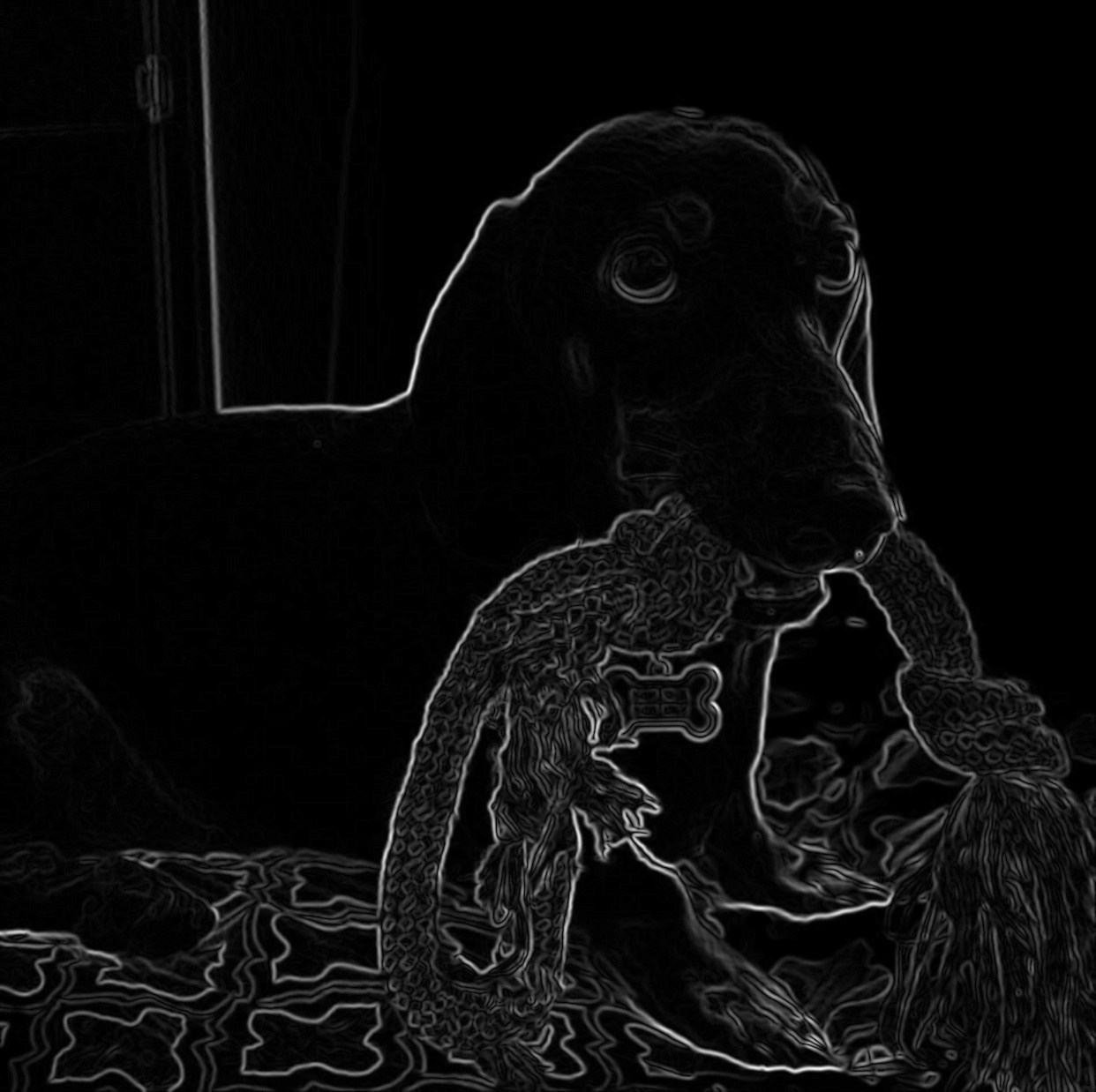This repository contains the code presented in the GTC2021 S31701 talk.
This project presents a series of programs that guide you through the process of optimizing a CUDA accelerated OpenCV algorithm. This optimization is done through a series of well defined steps without getting into low-level CUDA programming.
The algorithm chosen to illustrate the optimization process is the calculation of the magnitude of the Sobel Derivatives. While not very interesting on its own, this algorithm is a foundational step in many algorithms such as edge detection, image segmentation, feature extraction, computer vision and more. While many optimizations can be achieved by approximating the underlying math, the original definition is kept for didactic purposes. The purpose is to focus the study on the appropriate OpenCV+CUDA handling.
As usual with OpenCV projects, the chosen build system was CMake. Start by making sure you have these dependencies installed:
- CMake
- OpenCV (with CUDA enabled)
Then proceed normally as follows:
# Clone the project
git clone https://github.com/RidgeRun/getting-started-with-cuda-opencv.git
cd getting-started-with-cuda-opencv
# Configure the project
mkdir build
cd build
cmake ..
# Build the project
makeIf everything went okay, you should be able to run the demos. You may specify the input and output images as the first and second parameters respectively. Otherwise, "dog.jpg" and "dog_gradient_XXX.jpg" will be used by default.
# Run from the build directory
./sobel_cpu ../dog.jpg
# Specify an alternative output
./sobel_cpu ../dog.jpg alternative_output.jpg
# Run from top-level with default parameters
cd ..
./build/sobel_cpuThe idea of the project is to use the CPU implementation as a baseline and then apply each optimization step incrementally.
- sobel_cpu: CPU baseline implementation
- sobel_gpu_1_naive: Literal port to GPU
- sobel_gpu_2_single_alloc: Allocate only once the GPU memories and recicle them through all the iterations.
- sobel_gpu_3_pinned_mem: Allocate host memory as non-pageable/pinned so that the transfer is highly optimized.
- sobel_gpu_4_shared_mem: Allocate shared memory (if possible) for the GPU/CPU to eliminate the memory transfer.
- sobel_gpu_5_shared_mem_streams: Use CUDA streams to process certain parts of the pipeline in parallel.
- sobel_gpu_5_pinned_mem_streams: Use CUDA streams to process certain parts of the pipeline in parallel (alternative implementation for pinned memory instead of shared memory).

